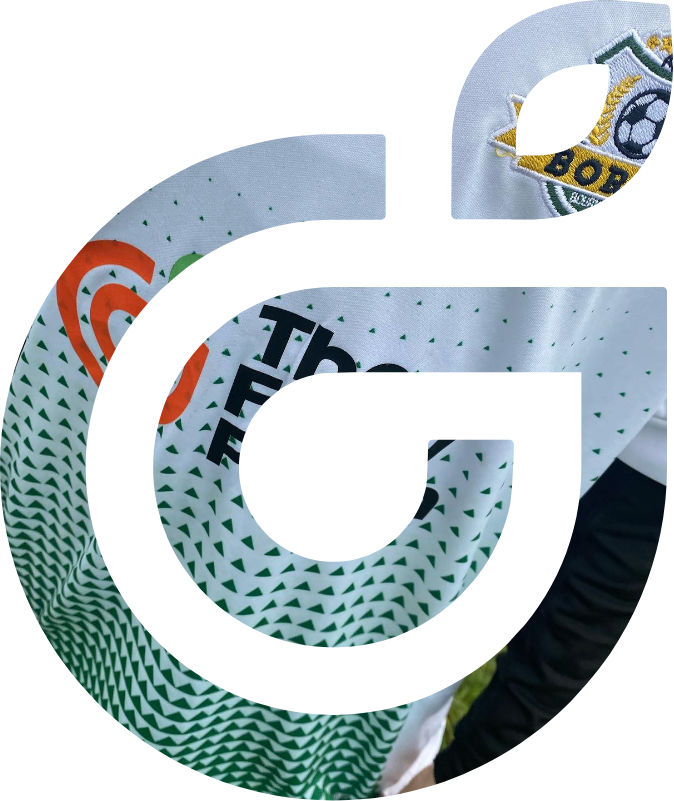Logo Application Methods
The Funky Peach proudly offers a range of decoration techniques to meet your specific requirements. Making the most of our state-of-the-art machinery, we excel in delivering the best results across all of our decoration options. To help you choose which method is more suited to your needs, we have created a help guide below to explain each decoration method in more detail.
-
EmbroideryView Embroidery GalleryThere are a number of fabrics and garments that are perfect for embroidery, and you are not always limited to the basics. Certain types of embroidery work better on certain materials, so check with an expert when you're planning your project.It is the preferred way to decorate a shirt with a logo by many companies. Because thread has dimension, an embroidered logo ends up being three dimensional. In addition, embroidery thread is coated and therefore has a sheen that helps the colours pop to attention.
Logo embroidery is used most often for apparel that will be used for uniforms or promotions. -
Heat Transfer Printing
Heat Transfer printing, is the process of applying heat-applied materials to various items with a heat press. Heat-applied materials contain a heat-sensitive adhesive on one side; when heat is applied by a heat press to the material, the material adheres to the substrate to which it is being applied. The end result is a decorated garment.
Heat Transfer printing is ideal for short runs in either full colour or single colour.Top Products For Heat Transfer PrintingView Heat Transfer Printing Gallery -
Direct to Garment Printing (DTG)
Direct to garment printing is a process by which garments are printed directly from a computer using advanced inkjet technology. While the inks and hardware are different than a desktop printer, the method of printing from a PC is very similar. After adding all the colours and finishing the design, a heat press cures the ink.
DTG printing is perfect for any kind of design as it can provide the same level of detail that is produced from a PC inkjet printer, but onto a garment.
Top Products For Direct to Garment Printing (DTG) -
Screen Printing
The main advantage to screen printing is the unique visual result it creates. The inks used are very durable, the colours are extremely vivid, making this a unique printing technique. It is possible to screen print on a large variety of products with little or no limitation on the thickness and composition of the material being printed on.
For a larger volume of prints, screen printing continues to be the most effective and economical printing methodology around.Top Products For Screen Printing





